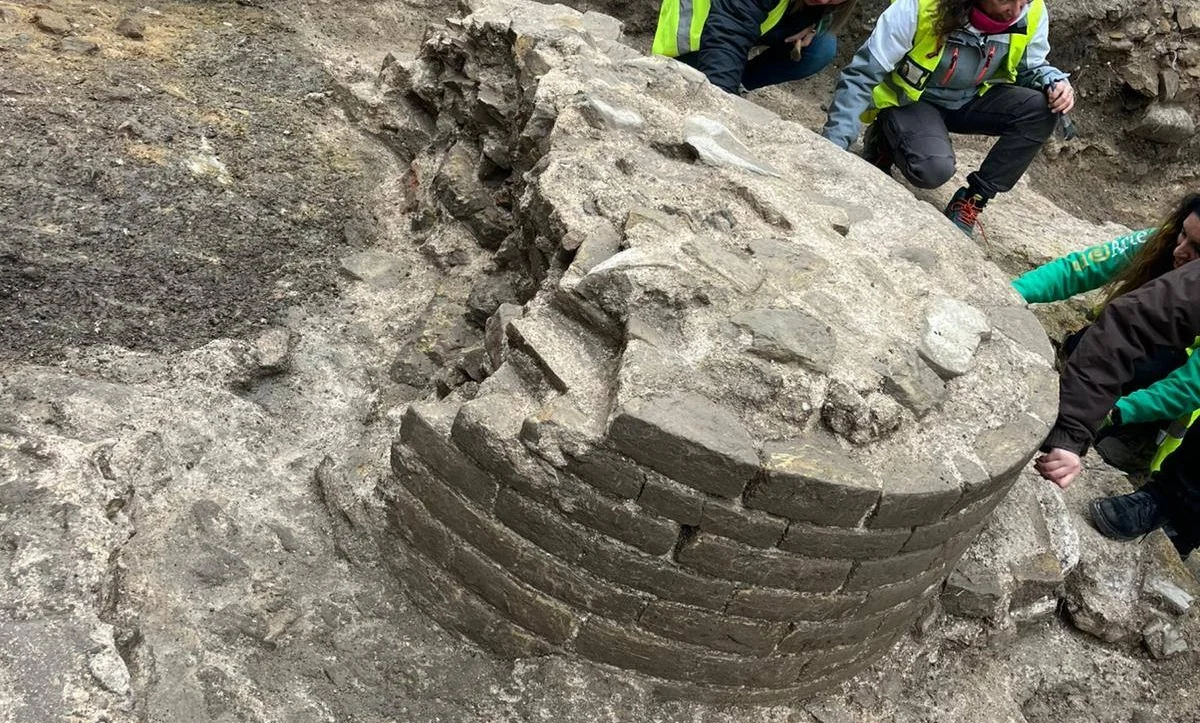In a remarkable revelation, recent excavations at the Gruta de Oliveira in central Portugal have shed new light on the culinary skills and intelligence of our ancient cousins, the Neanderthals. These findings, published in a groundbreaking study titled "Formation processes, fire use, and patterns of human occupation across the Middle Paleolithic of Gruta da Oliveira," further solidify the understanding that Neanderthals were far more sophisticated than previously believed.
Cooking with Fire: A Mark of Intelligence
Neanderthals, often portrayed as primitive beings in popular culture, have long been underestimated in terms of their intellectual capabilities. However, the discovery of intentionally constructed hearths inside the Gruta de Oliveira, where Neanderthals dwelled approximately 100,000 to 70,000 years ago, provides compelling evidence that they possessed the knowledge and skill to master fire.
Diego Angelucci, an archaeologist from the University of Trento and co-author of the study, emphasizes the significance of this discovery: "This confirms our observations and theories from previous studies. Neanderthals were capable of symbolic thought, artistic expression, body adornment, and a diverse diet. Moreover, our findings unequivocally demonstrate that they regularly cooked their food, establishing their culinary prowess on par with the Homo sapiens, who came much later."
Excavation in the Gruta de Oliveira. Credit: João Zilhão
Twenty Years of Meticulous Excavations
The Gruta de Oliveira, a part of the expansive Almonda karst system, served as a time capsule of Neanderthal life. Excavations carried out from 1989 to 2012, under the supervision of João Zilhão from the University of Lisbon, yielded a treasure trove of artifacts and remains spanning from approximately 120,000 to 40,000 years ago.
According to Angelucci, the site offered an extensive range of artifacts, from Lower Paleolithic relics to the Mousterian culture's chipped stones. However, the hearths found during these excavations have emerged as the most intriguing discovery, offering insights into the culinary practices of Neanderthals.
“Hearths and Food Remains”
Around a dozen hearths were meticulously unearthed at different stratigraphic levels within an excavation area of approximately 30 square meters and six meters deep. These circular, basin-like structures contained remnants of burnt bones, wood, and ash. Notably, the underlying rock showed signs of heat-induced discoloration, confirming the hearths' primary placement and long-term use.
These hearths were instrumental in cooking a diverse menu that included goats, deer, horses, aurochs (extinct bulls), rhinos, and even turtles, which were likely prepared on their carapaces and stewed on hot stones. Furthermore, previous excavations in Mediterranean caves near Cartagena (Spain) revealed remains of fish, mussels, mollusks, and roasted pine nuts, showcasing the breadth of Neanderthal cuisine.
The Mysteries of Fire Ignition
Despite these extensive findings, the methods employed by Neanderthals to start fires remain shrouded in mystery. Speculations point to techniques such as striking flint rocks together to create sparks on tinder, similar to methods discovered through the study of Ötzi, the Ice Man. However, no conclusive evidence has been found to substantiate these theories.
Nevertheless, the excavations provided an opportunity to compare Neanderthal life with that of Homo sapiens in Upper Paleolithic periods in the same region. Surprisingly, the results showed striking similarities in how both groups inhabited and utilized caves, suggesting that they were different human forms rather than distinct species.
Interdisciplinary Archaeology: A Key to Understanding
This groundbreaking study culminated in decades of dedicated work by archaeologists and researchers from various disciplines. Stone tools, bone remains, spatial analyses, stratigraphy, and microscopic studies were all employed to piece together this complex puzzle.
Diego Angelucci emphasized the importance of interdisciplinary archaeology, stating, "This type of archaeology is carried out with the most advanced methodologies. They require time and resources, and this is what we teach our students."
In conclusion, the Gruta de Oliveira excavations have shattered misconceptions about Neanderthals, highlighting their culinary prowess and intelligence. As the study unveils more layers of our ancient past, it becomes increasingly evident that our shared human history is far richer and more complex than previously imagined.









